What can I say? Other boats have described this place as none other than a “stinkhole” and yes – that it is. But beneath the layer of grime and litter-stricken streets are a group of people who will go out of their way to help you. The spirit of the place, as always, comes from the people. Taxi vans cranking “when you’re looking like that,” at full volume, speed down the main road – an approximately 30km stretch with sea on both sides. Several islands are joined by causeways – which contributes to the “stinkiness” of the place given the fact that the sea can no longer flow between the islands. This means that the water in the main lagoon, apparently full of e-coli, doesn’t circulate properly – whether this is speculation or fact we are unsure.
Crossing the equator into the northern hemisphere has also meant, despite being in the middle of nowhere we are starting to see the impact of world war II on these island nations. In Tarawa there are still cannons lying around, a reminder of the how these tiny, seemingly “insignificant” atolls in the middle of the Pacific became a playground for American and Japanese soldiers. The unfortunate location of these islands half way between the two countries, has forever changed their history, and their present story. In the Marshall islands where we will head next the picture is even more vivid with hundreds of wrecks to dive, planes and cannons left lying around, and the of course Bikini atoll – another place that should have been an indiscrete tropical island in the middle of the Pacific however got caught up in American nuclear testing, of all things. The more you think about it the crazier it seems. More on that when we get to the Marshalls.
And a few photos from Tarawa – unfortunately due to customs and immigration issues we didn’t make it out to the outer island atolls which are supposed to be pristine, and less stinky. BUT it is good to see both sides of the story, and Tarawa was indeed an interesting, but at times a saddening place – a tropical atoll at the crossroads of development – imported products and of course too much imported plastic waste for a small island with no infrastructure to handle, few exports to pay off their imports, very little water and fertile soils, plenty of fish, and plenty of overseas fishing boats taking them away.
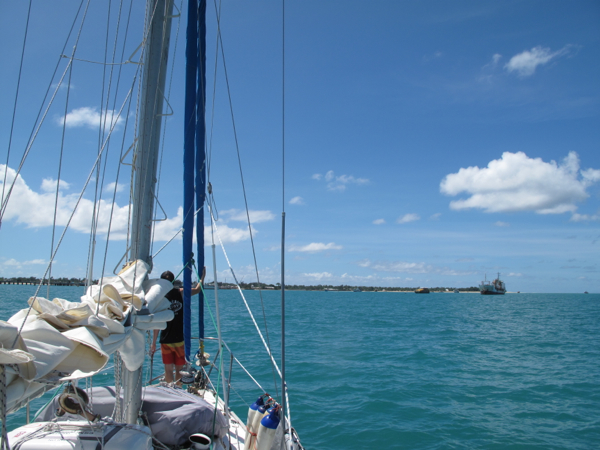
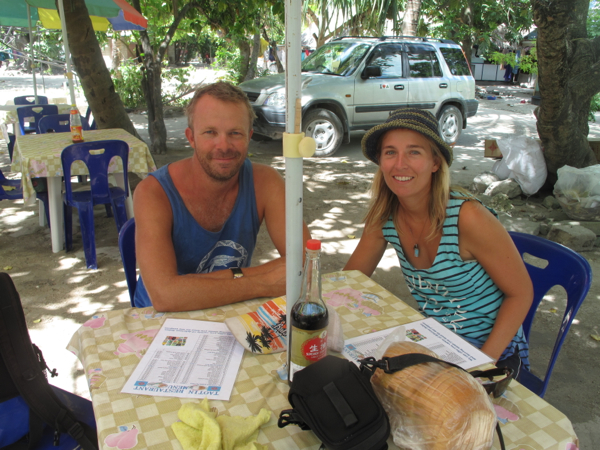
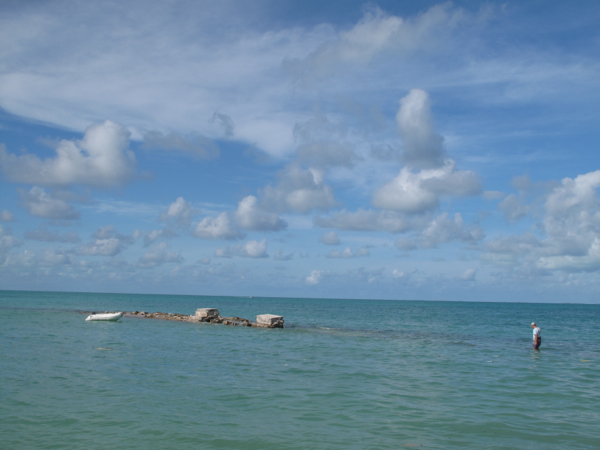
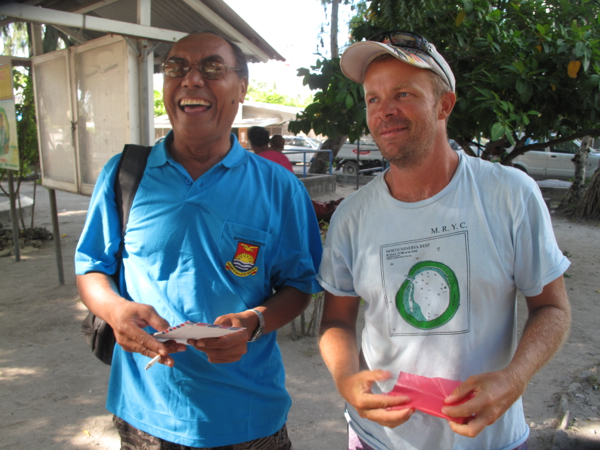
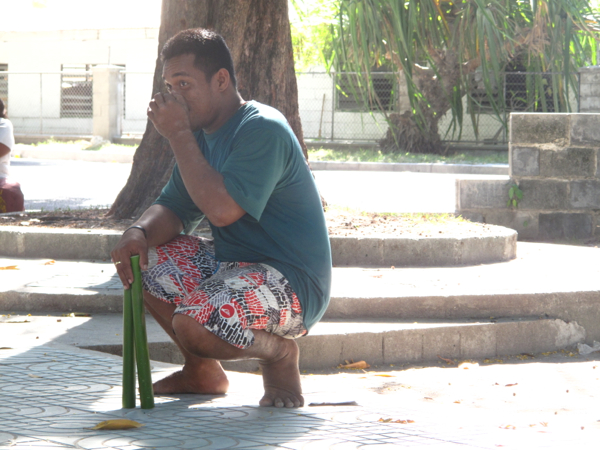
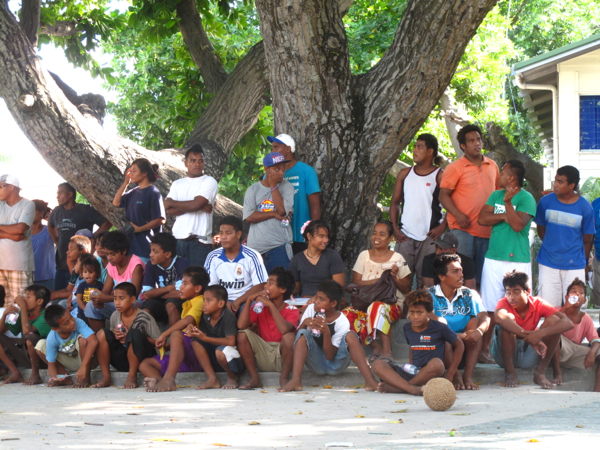
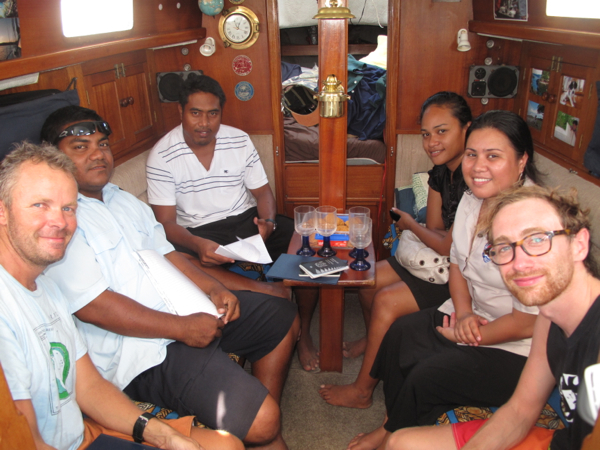
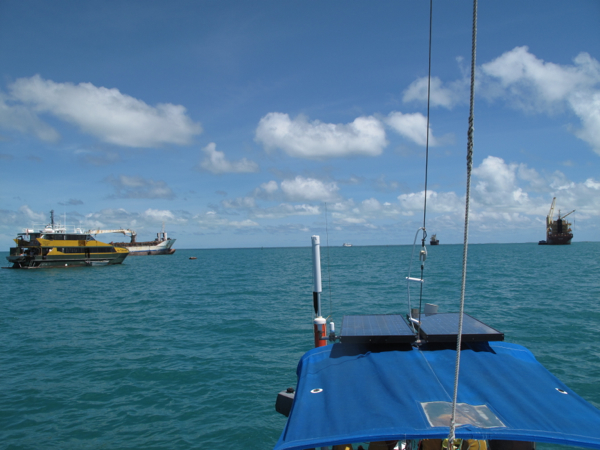
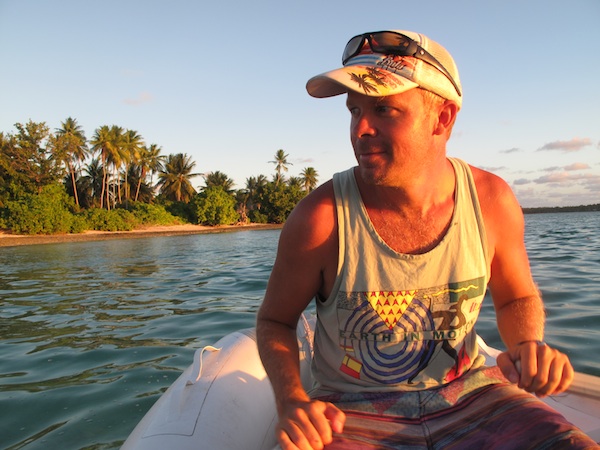
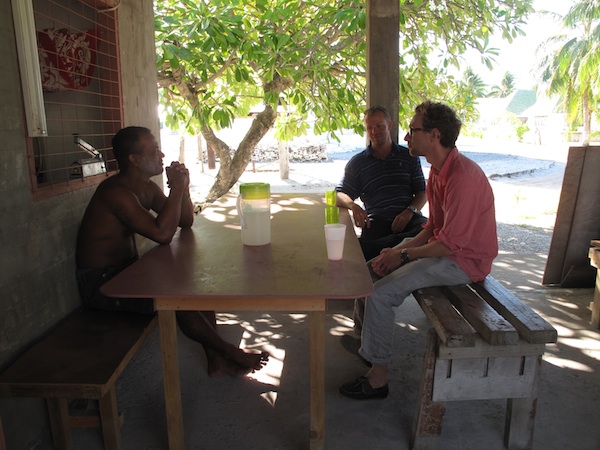
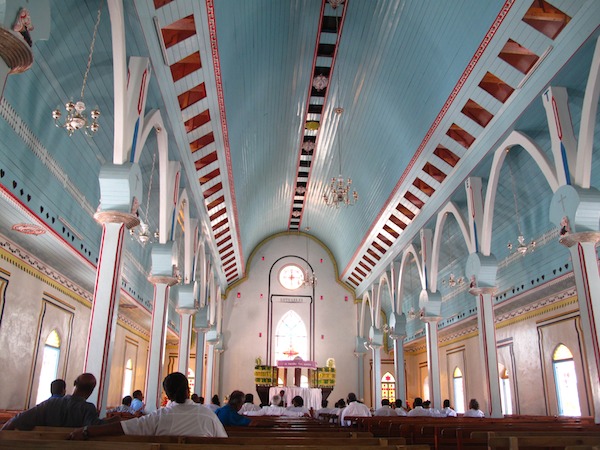
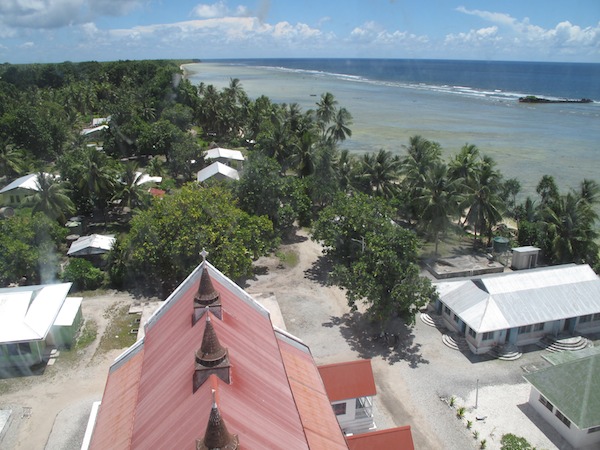
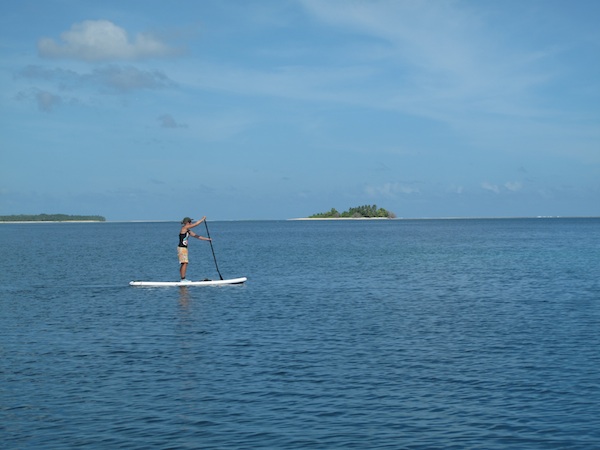
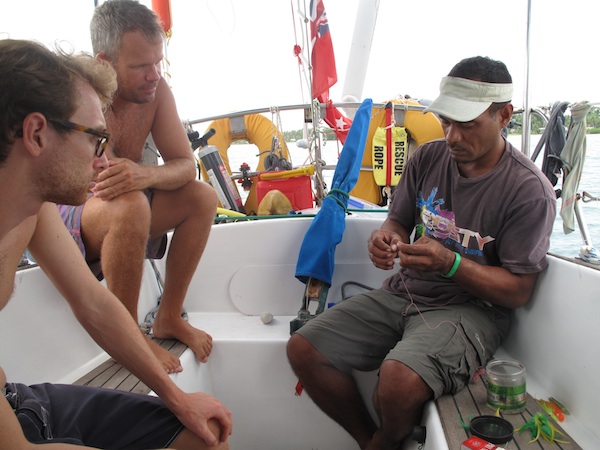
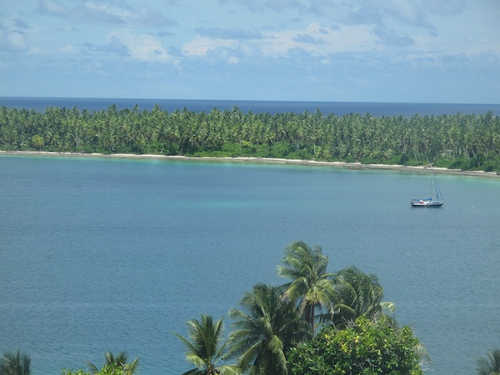
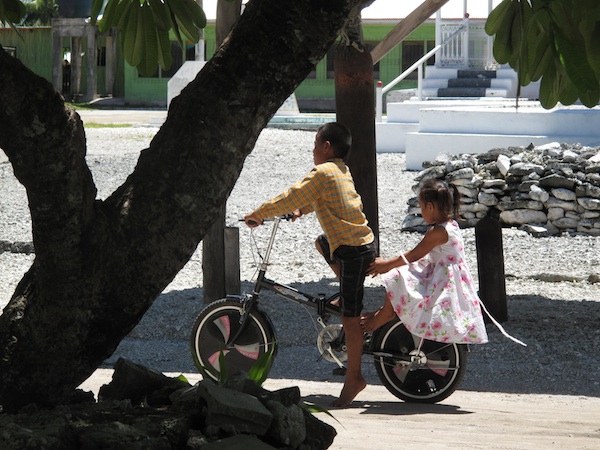
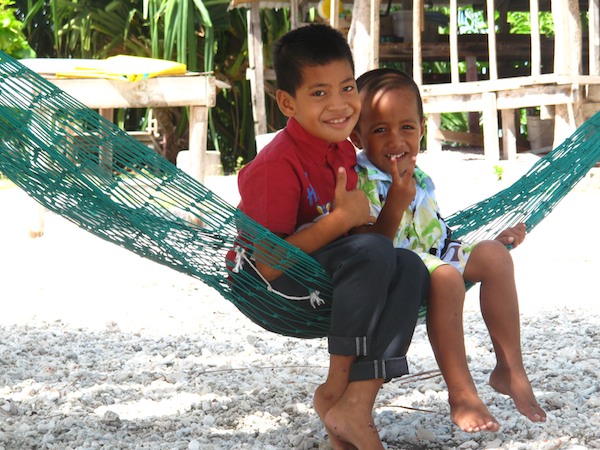
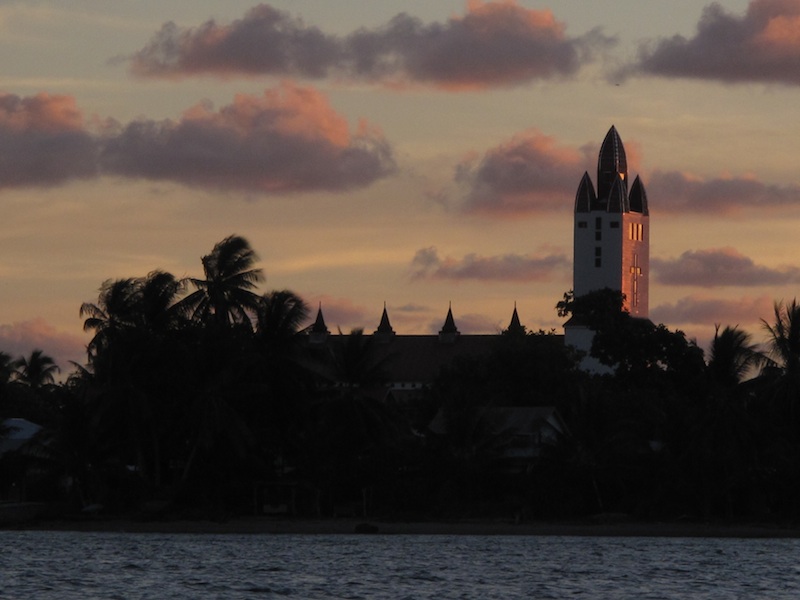
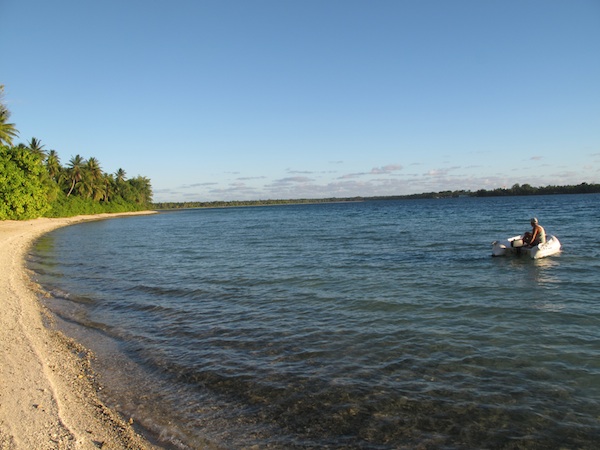
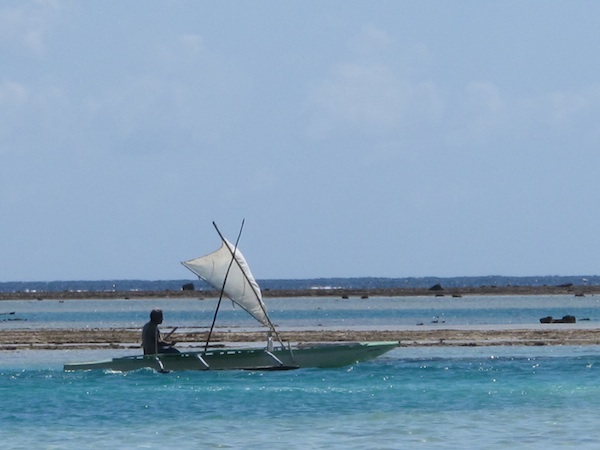
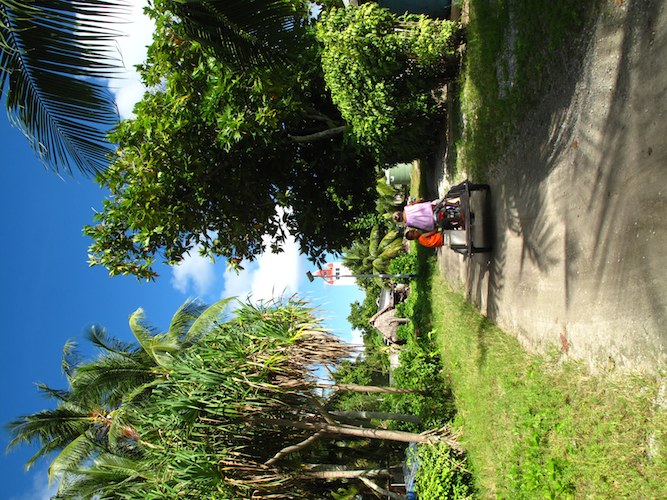
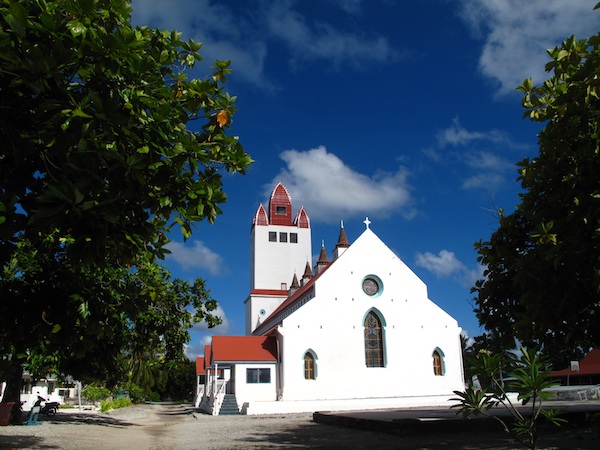
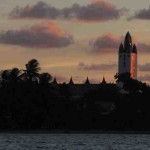
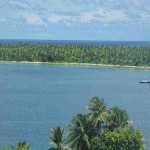
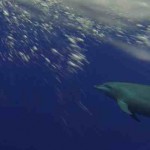
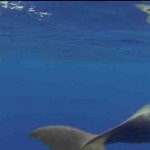
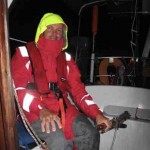



























Recent Comments